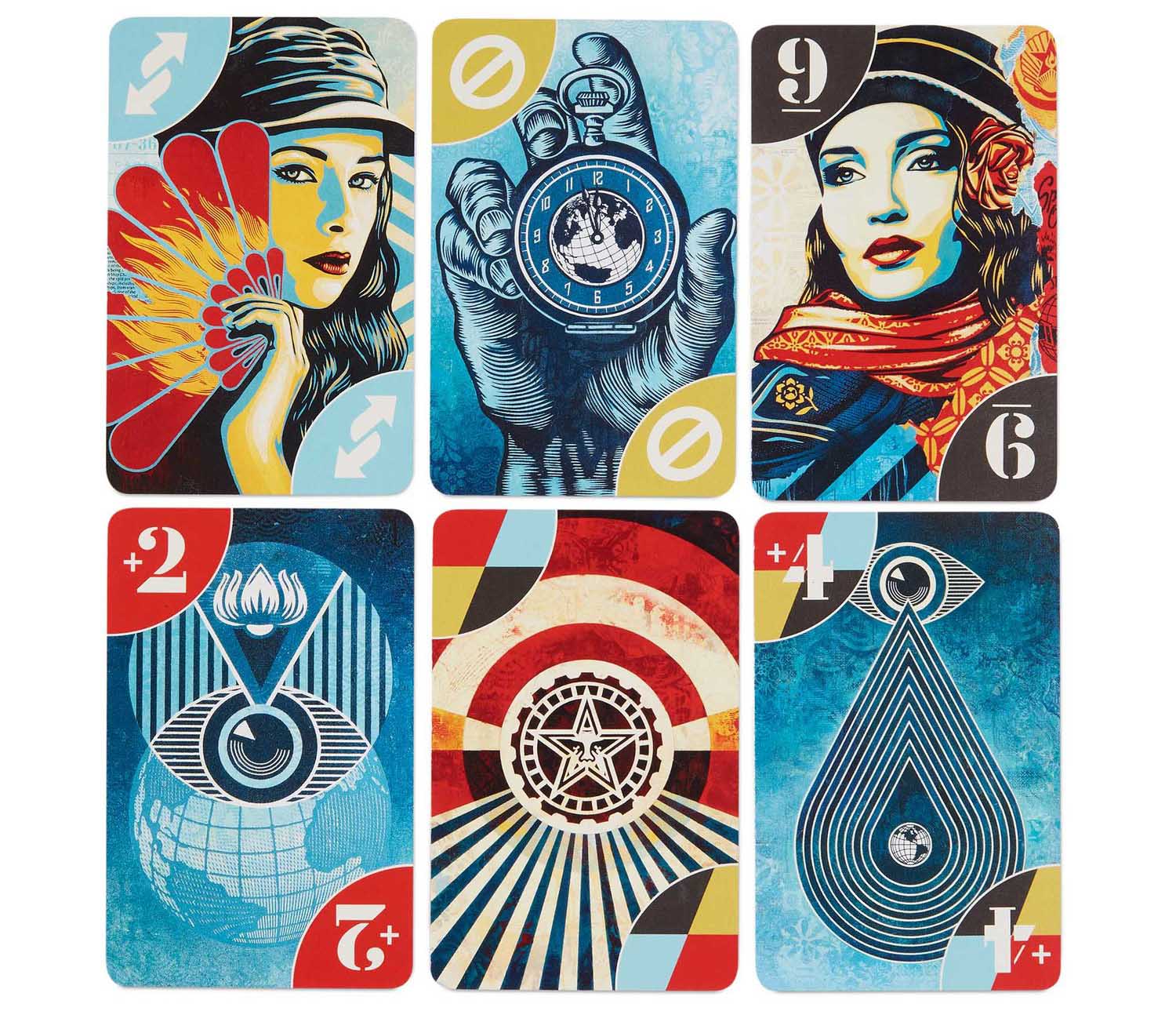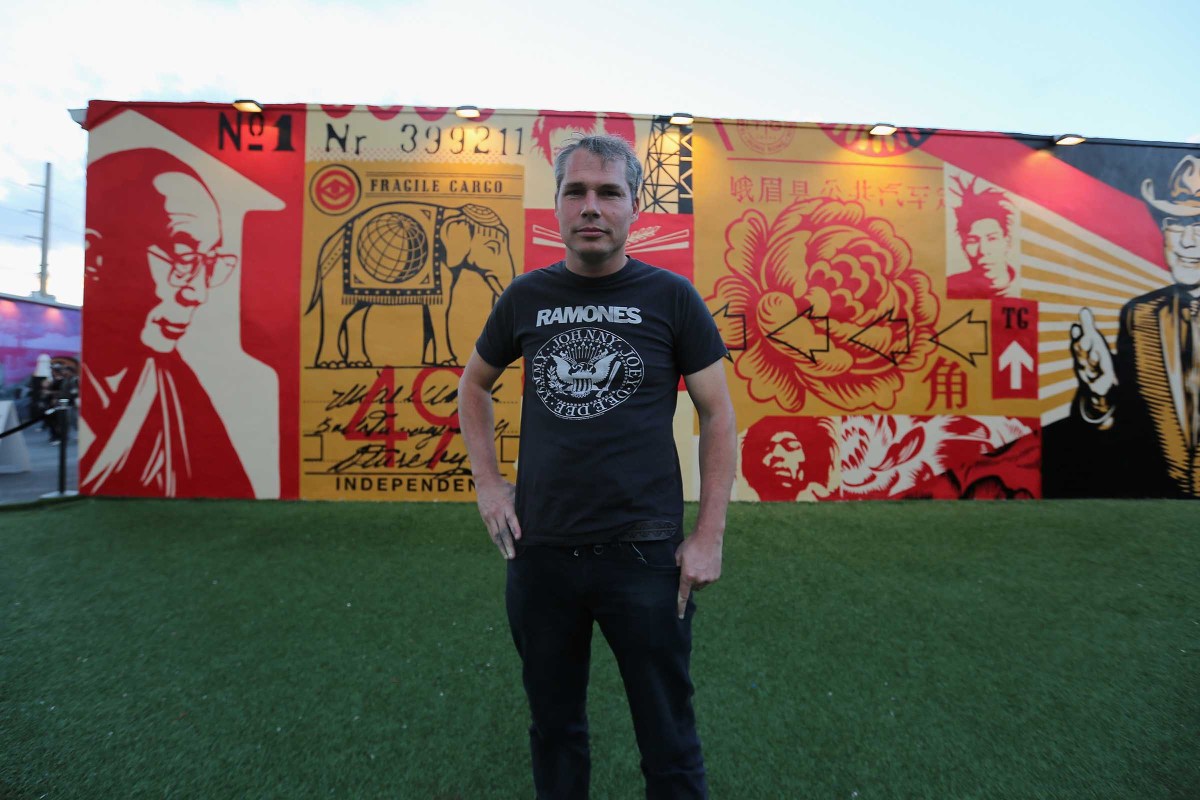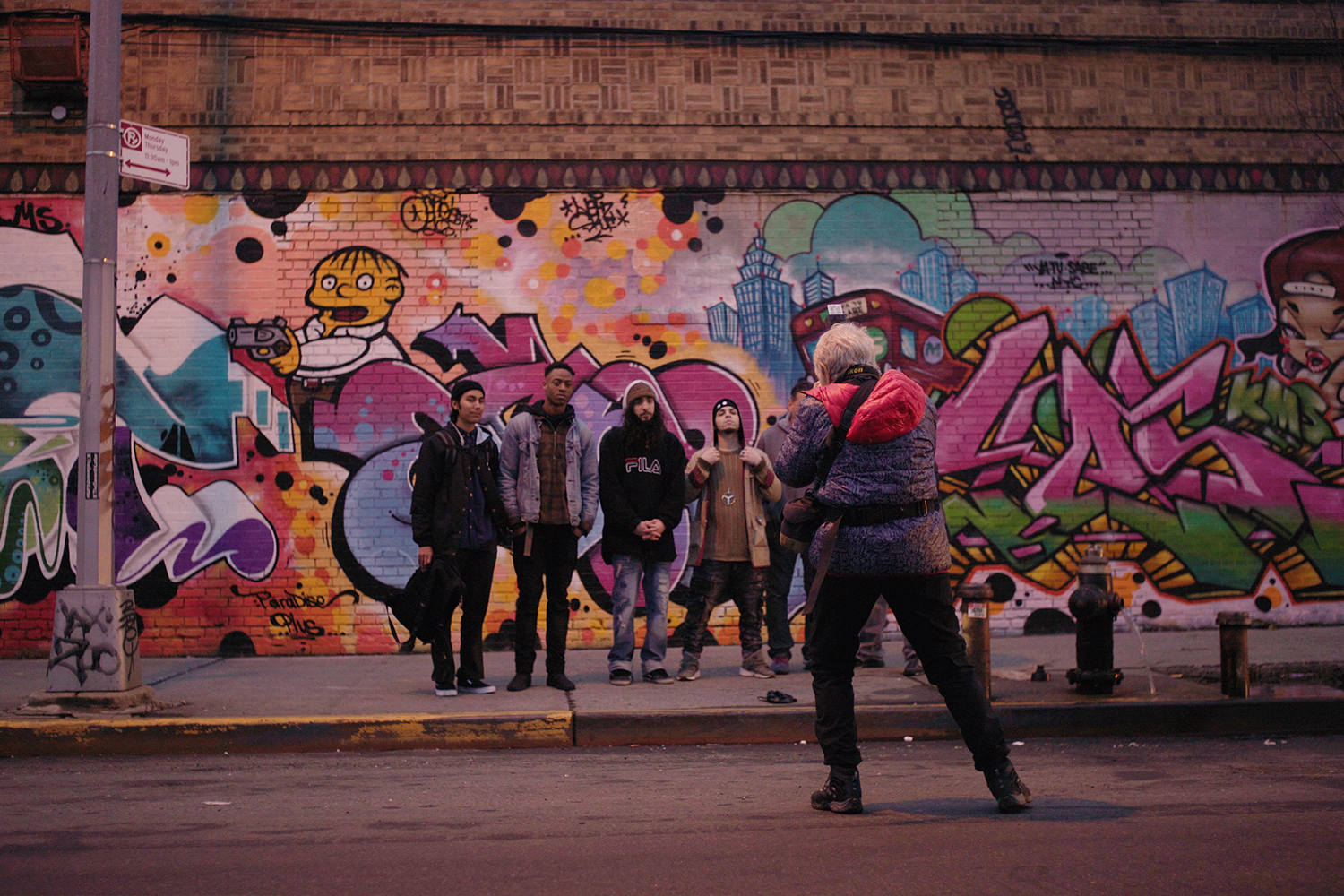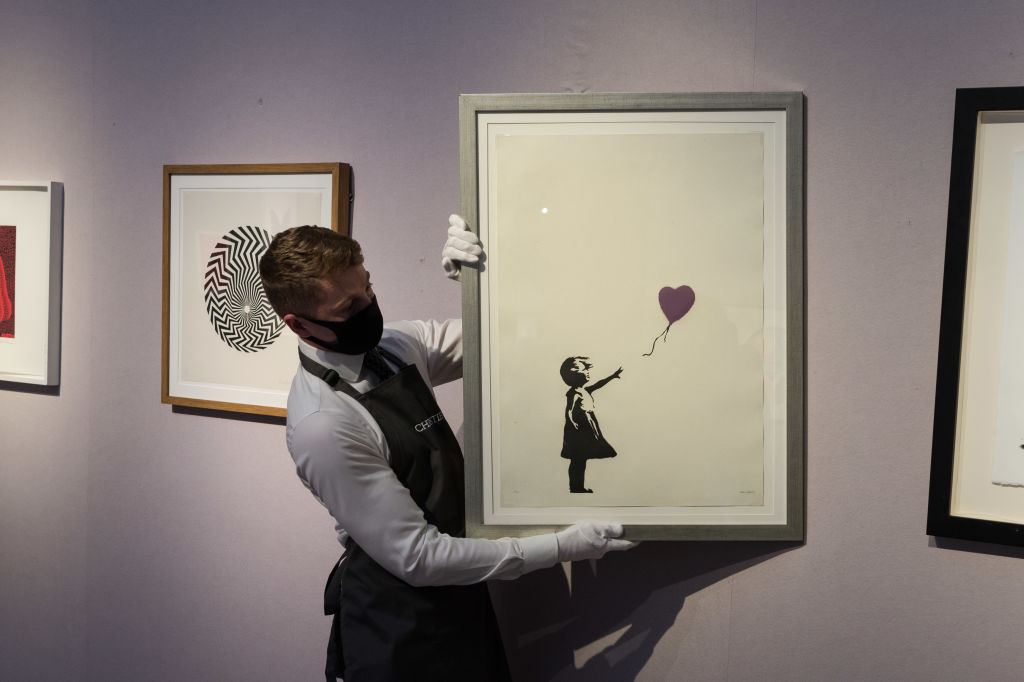The politically and socially charged artwork of legendary street-art muralist Shepard Fairey is generally found on canvases you can see from 10 blocks away: buildings, water towers, large walls. But his latest project has him lending his talent to a format you can enjoy at home: a limited-edition deck of UNO cards as a part of the Mattel brand’s Artiste Series. Fairey uses his art to raise awareness about crucial issues facing society, such as the climate crisis. He says it was a natural fit for him to deck out a set of UNO cards with his original designs, considering the card game’s efforts to decrease its carbon footprint.
UNO now makes a 100% recyclable deck of cards, and plans to remove cellophane packaging from all card decks this year. The UNO x SHEPARD FAIREY deck is the first Artiste Series deck to be fully sustainable, with a recyclable paper belly band and paper tray, wood-free paper and no cellophane. To support the artist’s environmental dedication, Mattel made a donation on behalf of Fairey to the Ocean Conservancy, a nonprofit organization dedicated to protecting the oceans through federal and state legislation.
We spoke with Fairey about his inspiration behind the UNO cards, his activism, his thoughts on capitalism, and what we can expect next from the globally renowned and hugely productvie artist.
Inside Hook: What motivated you to collaborate with UNO?
Shepard Fairey: I’m always honored to collaborate with brands that have an iconic history and a loyal following. I played UNO with my family as a kid, and so the game brings back fond memories. I love that my art can be part of the conversation as friends and families enjoy a game of UNO.
We had an initial meeting with Mattel and they were excited to collaborate on an Artiste Series together. Working with Mattel has been great, as they were open to creating a sustainable deck and receptive to my vision to make the images on the cards related to environmental responsibility.
What inspired the artwork of the UNO deck?
First, I decided I wanted to showcase environmentally themed imagery to accompany the sustainable cards and packaging so that the entire project would be aesthetically and conceptually cohesive. Then I looked at the consistent color palette for most of my work and broke that down into color swatches that would work with UNO.
What is your favorite card in the deck?
No. 6 is my favorite because it’s a portrait of my wife as an environmental activist. It’s very meaningful to me to have my significant other represented in the UNO set.

How does the UNO deck play into the “Obey” ethos of encouraging people to open their eyes to what’s happening around them in society?
Almost all the cards include images and symbols that hopefully encourage the player to think about concepts like environmental responsibility, peace and harmony.
What’s it like transitioning from taking part in civil disobedience to working on a commercial project?
They’re all different manifestations of how I share my ideas with the world. Street art and activism in the streets are one way to make a statement and connect with people, but putting my art in front of people in their homes through my clothing or a UNO deck are other ways to connect. I see it all as part of a multi-platform approach to sharing my art and ideas.
How do you, as an artists, balance resistance to a capitalistic society with partaking and benefiting from capitalism?
We’re in a capitalist system, so it’s naïve to pretend that one can avoid capitalism. What makes sense is to look at the pros and cons of the system and navigate it in a way that one can feel ethically comfortable while empowering themselves and hopefully changing the system by example and maybe even donating some funds to causes that need support. I know firsthand that this can all happen within capitalism if you proceed thoughtfully. I even use my art to critique capitalism while monetizing that art within the very same system that’s being critiqued. I have no other choice, but I can try to make capitalism better while I’m also at its mercy somehow.
What is your process for curating murals?
None of my murals are ever dictated by a client. People define commissioned in different ways, but my murals are only ever commissions in the sense that the art I want to do is often subsidized or underwritten by the building owner.
How do you use your privilege to raise awareness for social justice issues?
I’m sure that I have many opportunities come my way because of my privilege as a straight white male, but I use my art and my social media to highlight injustice and frequently benefit activist organizations that work directly on social justice issues. I also often collaborate with organizations or artists representing those facing injustice, whether they be BIPOC or marginalized in some way. I’m trying to raise awareness and be a good ally through every tool I have.
Why do you choose to critique social justice issues through your art?
Social justice issues are something that I care about, and I think that art is a great vehicle for communication. I was inspired by musicians like The Clash, Public Enemy and Bikini Kill, who have used their art to talk about social issues, as well as visual artists like Barbara Kruger and Robbie Conal.
You call yourself an artist before an activist. How do you feel about the “artivism” label that some critics have assigned to you? Do you use it to describe your work?
No, because I only like mashups in music. In all seriousness, I am an activist, but I prefer to lead with my art.
How do you feel about being compared to Warhol in both your craft and your process?
That’s cool. I love Warhol. I’m more political than Warhol was, but he’s definitely a big inspiration when it comes to reaching a large audience through many mediums.
What issues are you currently passionate about and how is that showing up in your art?
I’m definitely for environmental responsibility, which was one of the reasons that I was happy that UNO used all sustainable materials in the cards and packaging of our collaboration. I care about an inclusive and functional democracy, so I’ve been doing some things around voting rights.
Any other current or upcoming projects you can tell us about?
I’m working with my friends D*Face and Kai & Sunny on a show that opened in London on September 9th. It’s called “Unity” because we are collaborating on all of the pieces.
What issues are you highlighting through those?
The show in London is highlighting unity and collaboration, and harmony, but a lot of the work that I’m doing focuses on what I consider to be the perpetually present problems of racism, sexism, climate change, abuse of power and the need to make democracy work properly.
This article appeared in an InsideHook newsletter. Sign up for free to get more on travel, wellness, style, drinking, and culture.























